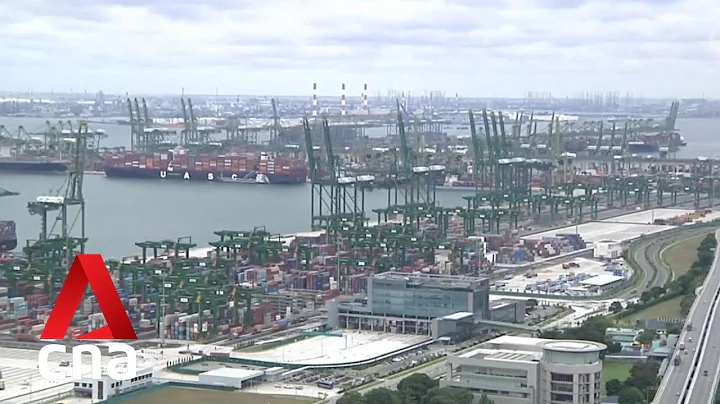Data released by the U.S. Department of Commerce on the 28th showed that the initial value of U.S. real gross domestic product (GDP) in the first quarter of 2022 fell by 1.4% at an annual rate, which was far lower than the 1% growth predicted by economists. This is also the first time that U.S. GDP has fallen into negative growth since the early days of the epidemic, that is, in the second quarter of 2020. In the fourth quarter of last year, U.S. real GDP growth reached 6.9%.

Since this month, the market has continued to digest the news that the Federal Reserve will accelerate the normalization of monetary policy, US stocks have been under pressure. The Nasdaq index has fallen by nearly 11% this month, which may be the worst single-month performance since in October 2008. During the same period, the S&P 500 index fell by 6.8%, and the Dow Jones Industrial Average fell by about 4%.
In early trading on Thursday, Meta's positive financial report pushed the stock price up by 16%, driving the rebound of technology stocks . The Nasdaq rose about 1% in early trading, then gave up its gains and is now up 0.46%.
Supply chain bottlenecks intensify, and the U.S. economy faces serious challenges
Lydia Boussour, an American economist at the Oxford Economics Institute, warned, "In the face of high inflation, intensified supply chain bottlenecks, and tightening of the Federal Reserve and fiscal policies, "The U.S. economy will face increasingly severe challenges in the future."
The agency's yield curve model shows that downside risks are increasing, and the risk of an economic hard landing in 2023 is rising.
Specifically, personal consumption expenditures, which account for about 70% of the U.S. economy, grew by 2.7%, and business investment grew by a strong 9.2%. On the other hand, the expansion of the trade deficit significantly dragged down economic performance in the last quarter, lowering GDP growth by 3.2 percentage points. In addition, reductions in business inventories and government spending dragged down GDP growth by 0.8 and 0.5 percentage points respectively.
Wells Fargo Chief Economist Jay Bryson commented: "The COVID-19 epidemic and its impact on the global supply chain and global economic growth have introduced additional volatility into the performance of the U.S. economy."

Interest rate hike Is going to retreat before the economy reaches its peak?
data shows that after excluding food and energy prices, the initial annualized quarterly rate of the U.S. core personal consumption expenditures (PCE) price index in the first quarter was 5.2%.
The Chicago Mercantile Exchange's FedWatch tool shows that traders generally expect the Fed to announce 50 basis points of interest rate hikes at its May and June monetary policy meetings, with the federal funds rate expected to rise to 2.75% by the end of 2022 - 3%.
In view of the situation in Ukraine, inflation continues to soar, and the Federal Reserve will accelerate the pace of tightening monetary policy. Many Wall Street major banks have lowered their forecasts for U.S. economic growth. Goldman Sachs predicts that the probability of negative growth in the U.S. economy within one year will rise to about 35%. Deutsche Bank even warned that the consequences of the Fed's tightening policy may be far greater than market forecasts, and the U.S. economy may fall into a severe recession from the end of 2023 to early 2024.
The latest issue of the International Monetary Fund (IMF) was released last week The "World Economic Outlook Report" lowered the U.S. economic growth to 3.7% and 2.3% respectively this year and next, 0.3 percentage points lower than the forecast in January this year.
Admittedly, most economists still believe that given the The strong labor market and consumer demand and the short-term contraction do not mean that the U.S. economy will fall into recession.
Petya Koeva Brooks, deputy director of the IMF Research Department, said in an exclusive interview with China Business News reporter that the U.S. economy will most likely not fall into recession. Falling into recession.
She explained: “The Fed’s fear of accelerating tightening of monetary policy is the main reason why the IMF has lowered the US economic growth rate. It is true that high inflation reflects the strong domestic demand in the United States to a certain extent, and the situation of residents' savings and consumption is still optimistic. "
Bryson believes that the biggest challenges facing U.S. companies at the current stage are the lack of available inputs and the difficulty in finding skilled labor. Increasing capital intensity is one of the strategies to alleviate labor shortages. He explained: "The main drivers of potential growth include Workforce size, capital expenditure and productivity. Strong equipment spending can improve the latter two. "
data shows that the annualized growth rate of equipment spending in the first quarter reached 15.4%.





















